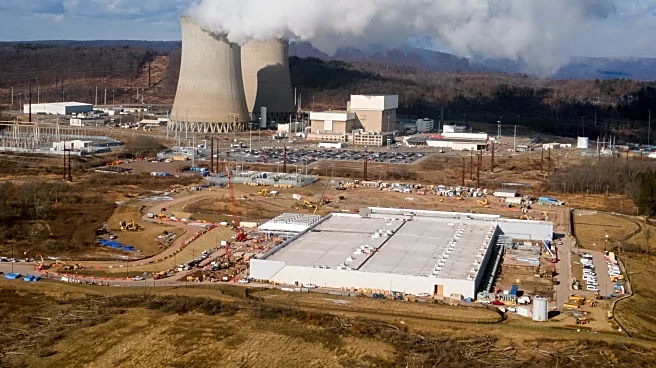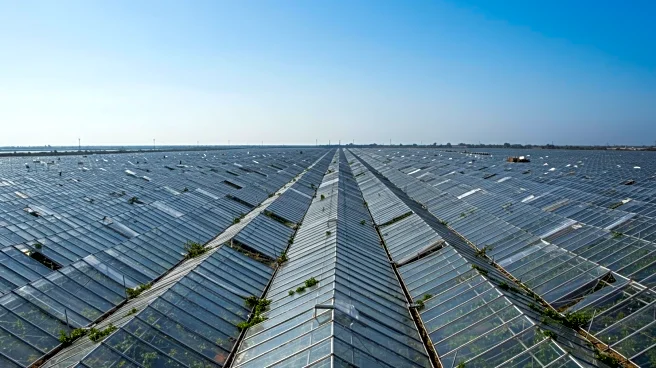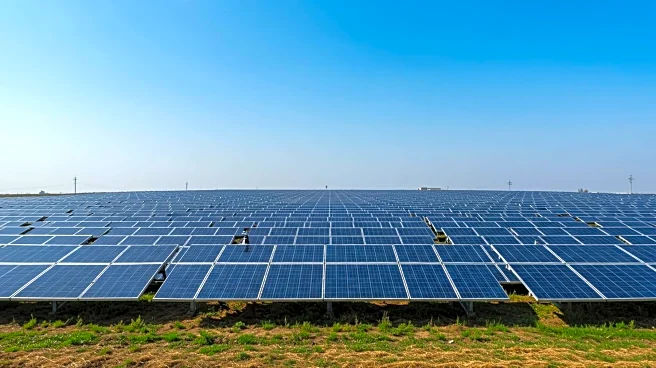Rapid Read • 8 min read
3D printing technology is being hailed as a transformative force in green manufacturing, offering substantial reductions in material waste and energy consumption. The technology, which has evolved significantly since its inception, is now used across various sectors including automotive, fashion, housing, and healthcare. By using only necessary materials, 3D printing can reduce waste by up to 90% compared to traditional methods. Companies like Signify are leveraging 3D printing to produce sustainable lighting solutions, reducing carbon emissions and utilizing recycled materials. The technology's ability to produce lighter products further contributes to energy savings. The industry is valued at $20 billion-$25 billion and is expected to grow significantly, potentially reaching over $100 billion in the next decade.
AD
The adoption of 3D printing in manufacturing processes represents a significant shift towards sustainability, offering businesses a way to reduce their environmental impact. By minimizing waste and energy use, 3D printing supports the circular economy and helps combat climate change. Companies that integrate 3D printing into their operations can achieve substantial reductions in carbon emissions, as demonstrated by projects at airports in Colombia and Spain. The technology also enables local production, reducing transportation emissions and supporting economic resilience. As industries seek to meet environmental goals, 3D printing offers a viable solution for sustainable manufacturing.
The future of 3D printing in manufacturing hinges on its ability to scale and meet commercial needs affordably. As more businesses recognize the environmental and economic benefits, the technology is likely to see wider adoption. Innovations in 3D printing could lead to advancements in renewable energy and battery production, further enhancing its role in the green economy. The industry must continue to develop cost-effective solutions to expand its use and maximize its environmental benefits.
3D printing's potential extends beyond manufacturing, with applications in renewable energy and battery production. The technology can produce solar cells and wind turbine components, reducing the need for heavy materials and improving efficiency. As clean tech continues to evolve, 3D printing could play a crucial role in advancing sustainable energy solutions.
AD
More Stories You Might Enjoy











